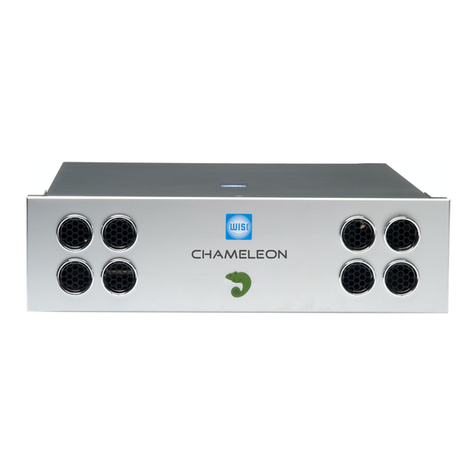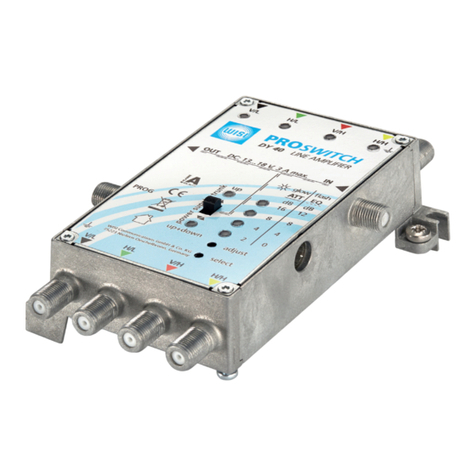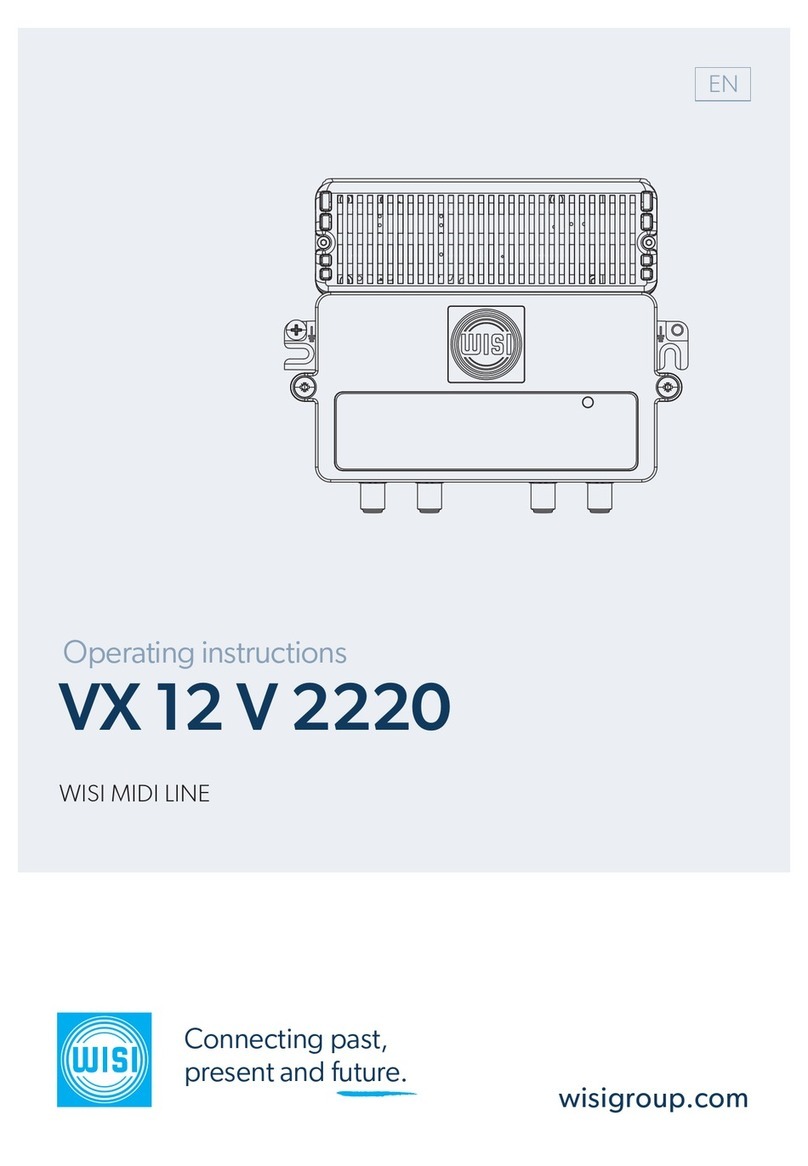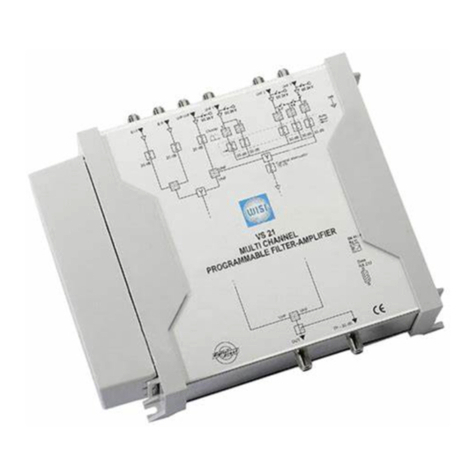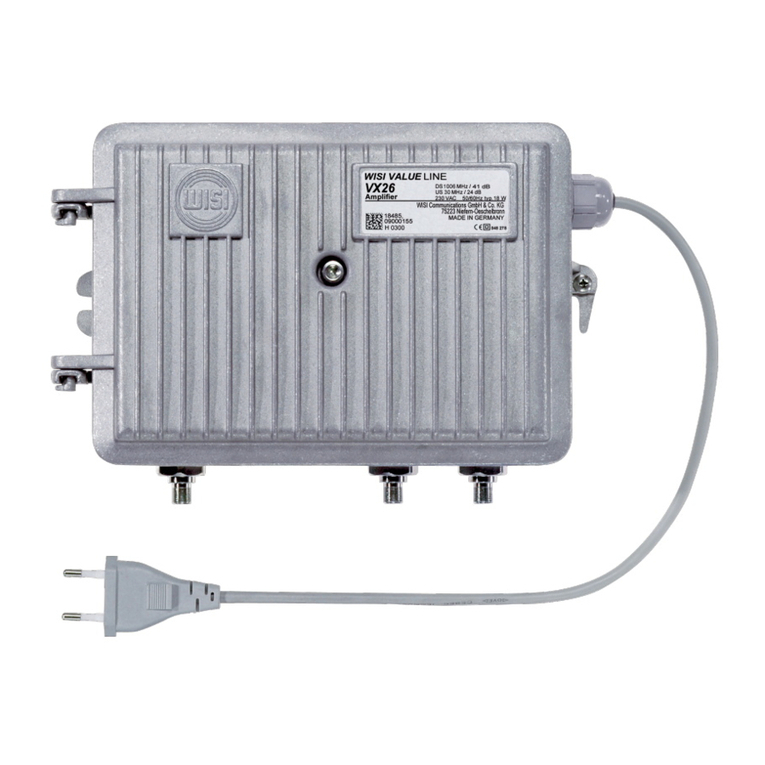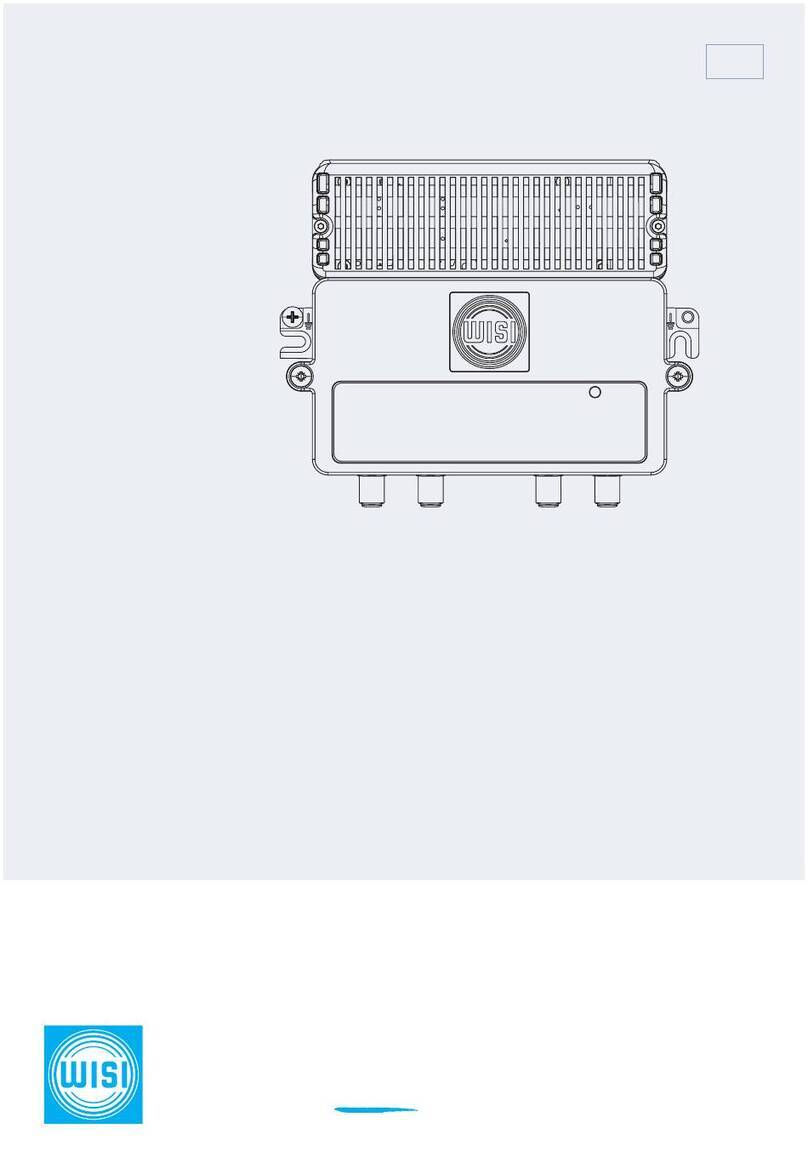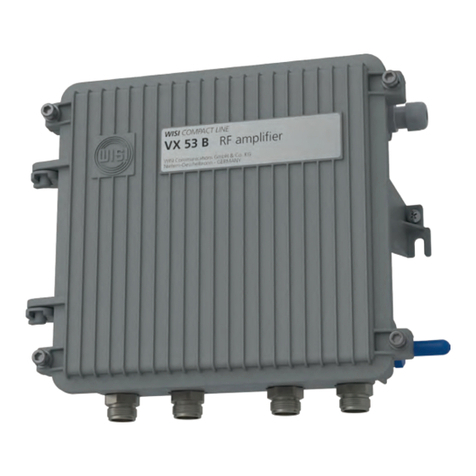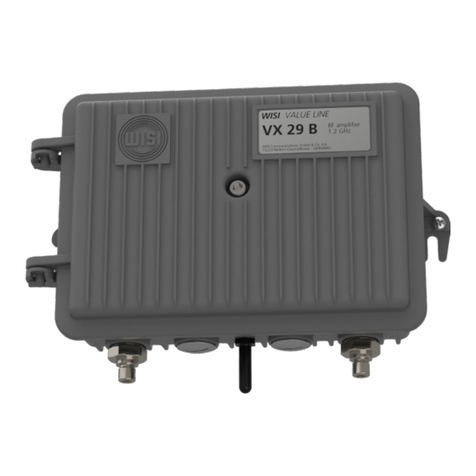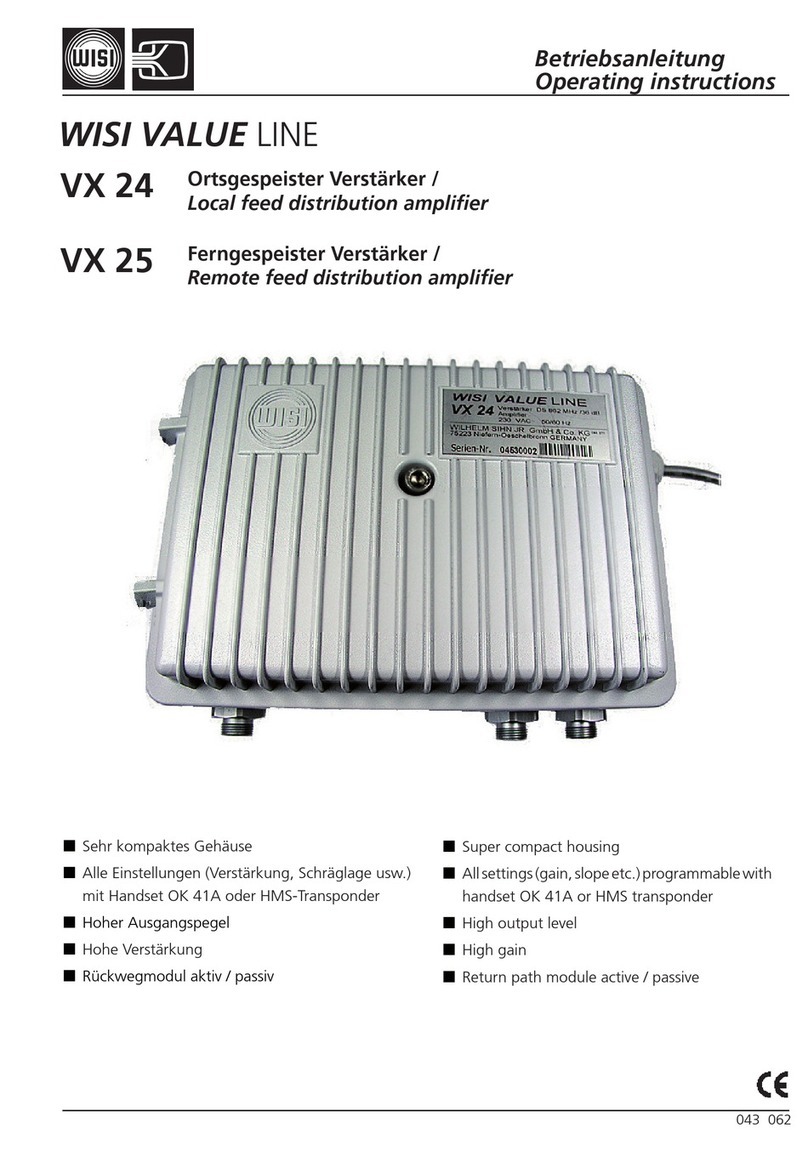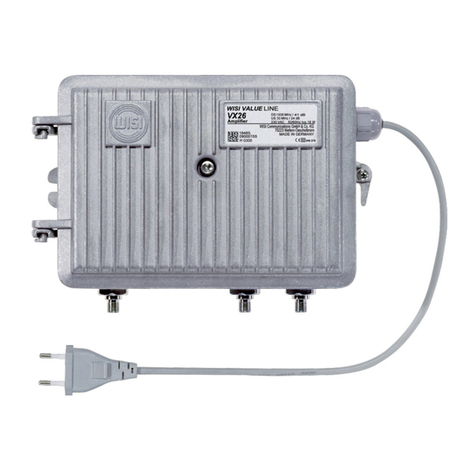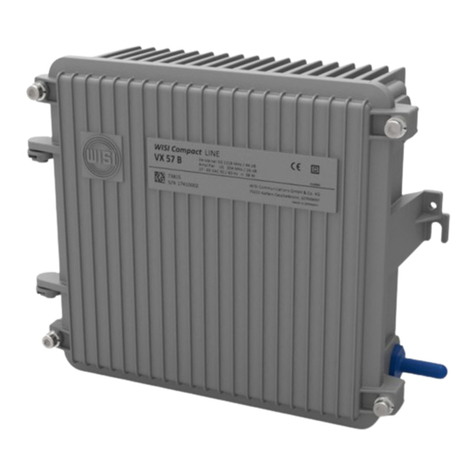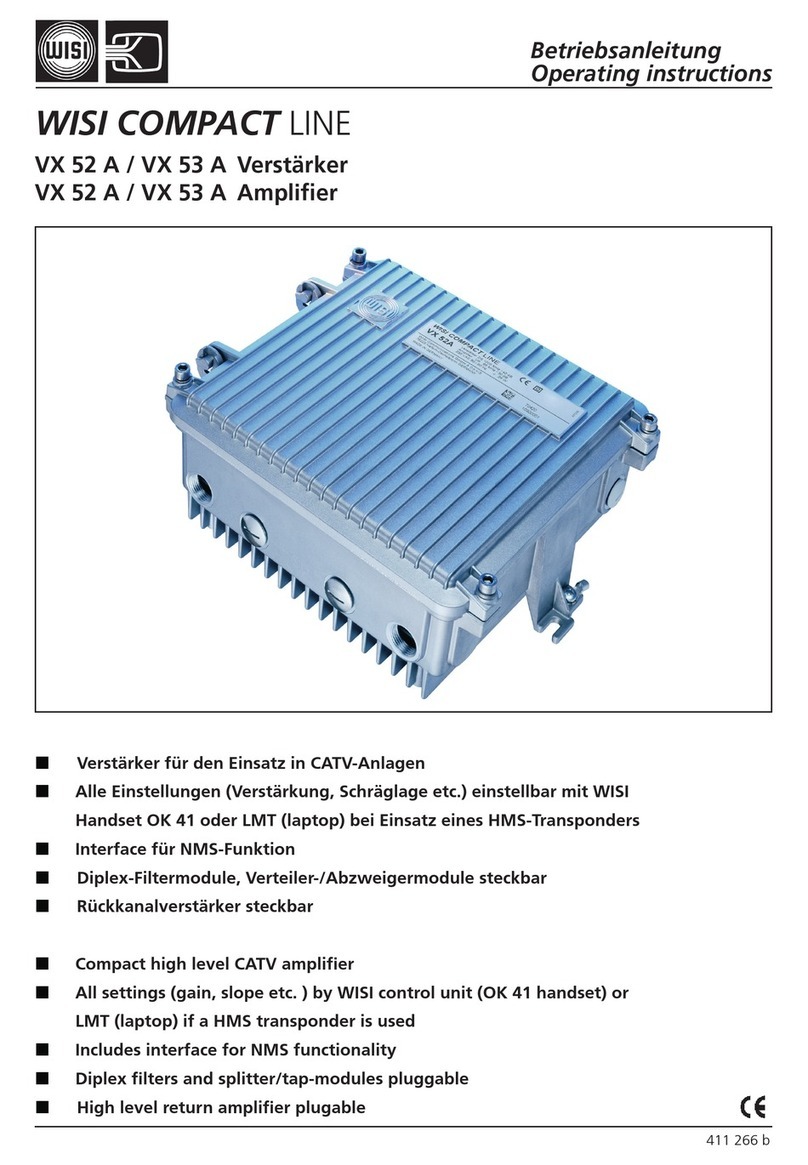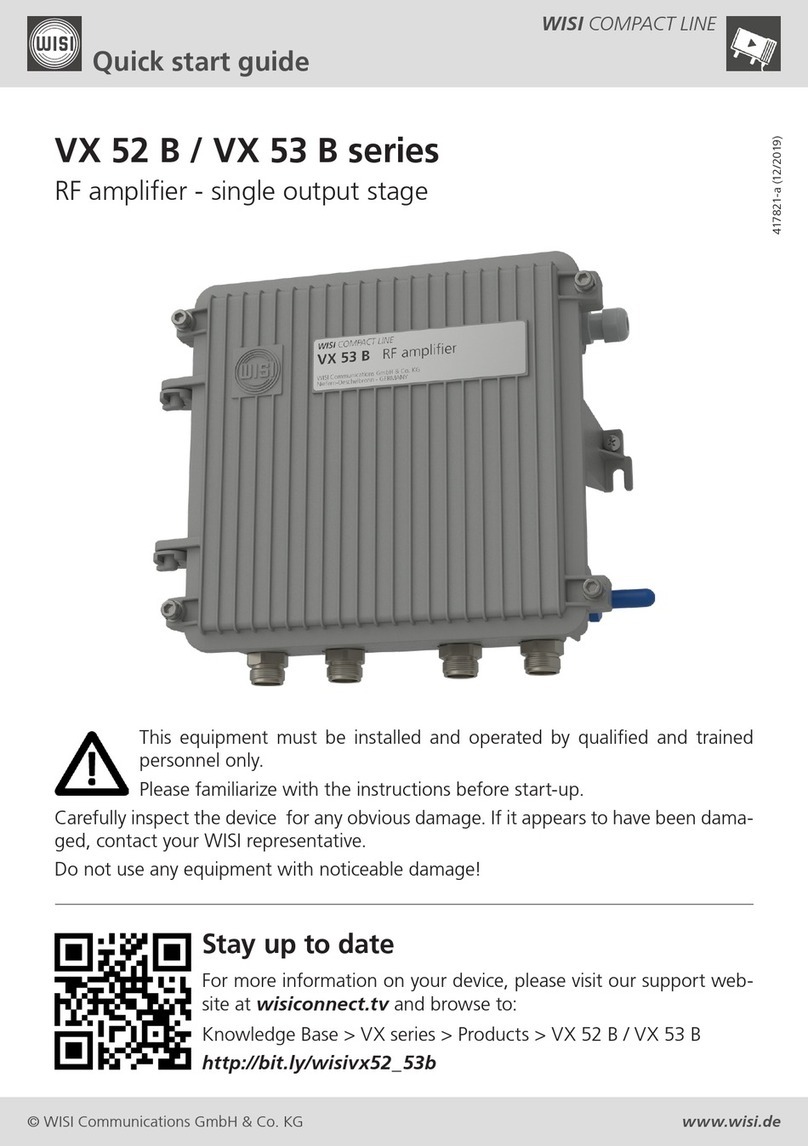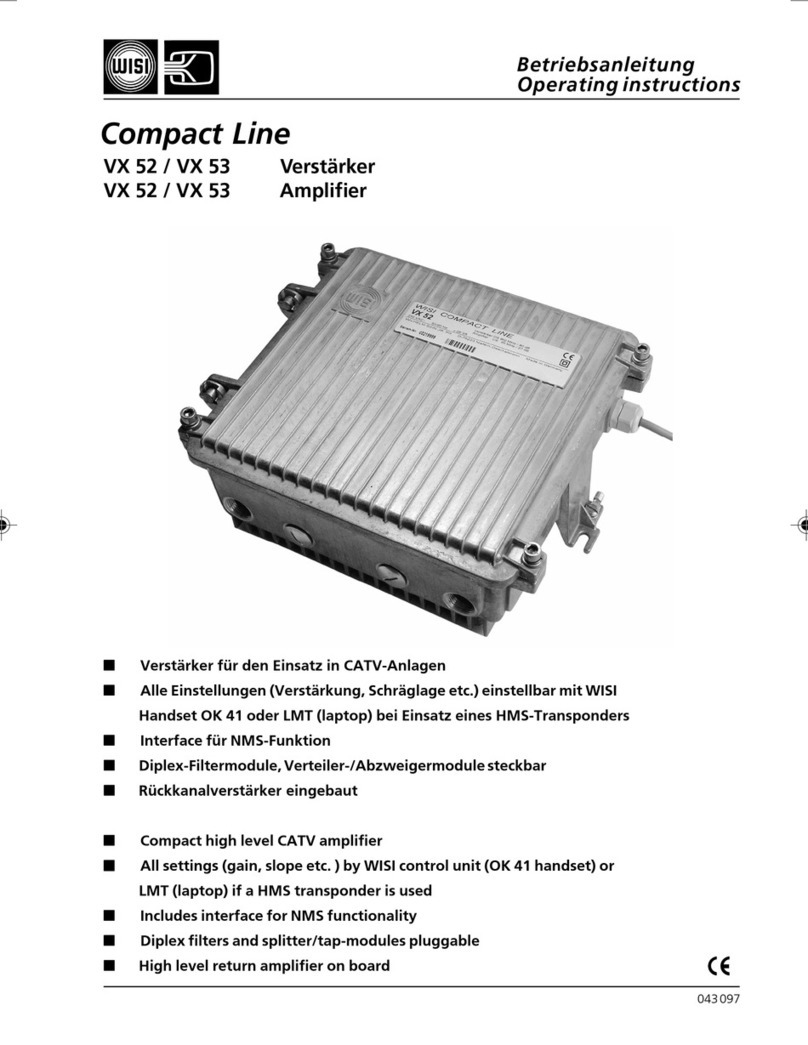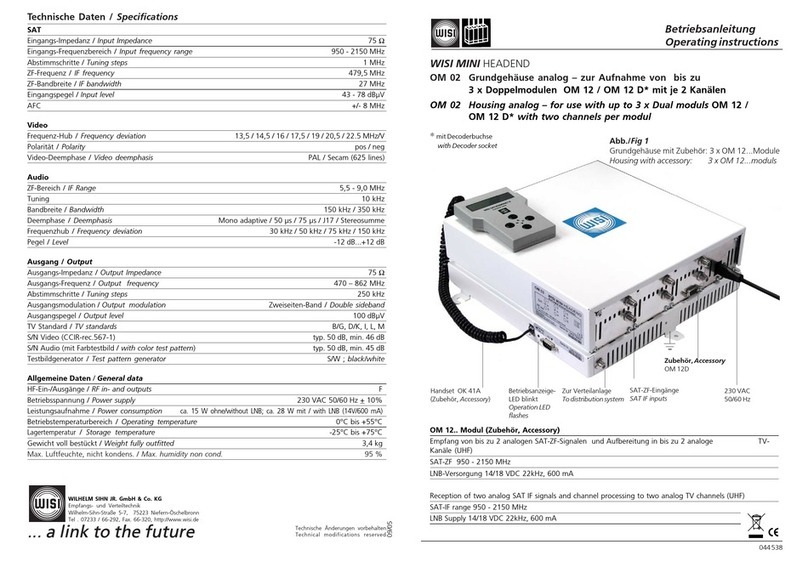
Important information
2 Safety instructions
2.1 General safety instructions
The device has been designed and constructed in such a way that hazards have been excluded
as far as possible. Nevertheless, there may be residual risks.
• Before commissioning, familiarize yourself with this manual.
• Check the device carefully for obvious damage. Do not use damaged device! In this case,
please contact your WISI representative.
2.2 Intended use
The device is used exclusively for the installation of HFC networks up to 1218 MHz.
2.3 Improper use
Any other use will result in the loss of warranty or guarantee.
WISI is not liable for any damages resulting from this. The user bears the sole risk.
2.4 Specialist personnel
2.4.1 Assembly and repair
• Installation, repair, alternations, reajustments and upgrades may only be carried out by autho-
rised specialists.
2.4.2 Operation
• Work on the unit may only be carried out by authorised specialists.
2.5 Electrical safety
• Carry out work on the device in accordance with the local safety regulations.
• Observe the safety regulations of the current standards EN 60728-11 and EN 62368-1 or the
national standards.
• Work on the device may only be carried out when the mains is unplugged.
• Replace damaged cables and connectors immediately.
• Connect the unit to a potential equalisation system in accordance with the locally applicable
electrical standards.
• Device does not have a main switch. As soon as the device is plugged in, it is in operation. In
order to turn off the power supply, the mains plug must be removed from the mains socket.
Mains socket must be easily accessible so that the mains plug can be pulled quickly if neces-
sary. Never pull the cable.
• The power supply area of the device as well as all coaxial interfaces with remote power sup-
ply carry dangerous voltages.
• Dangerous live parts must not be touched.
EN | 5
